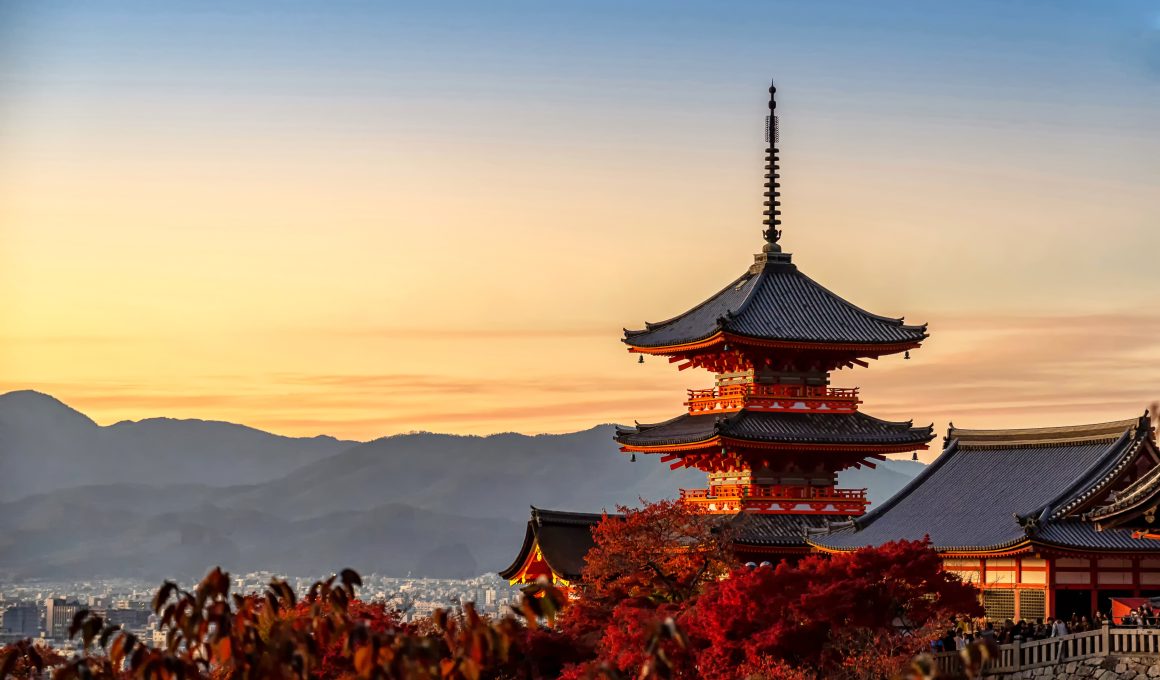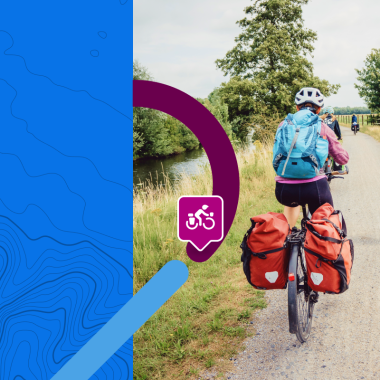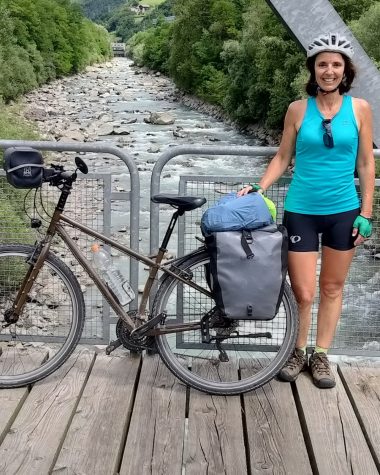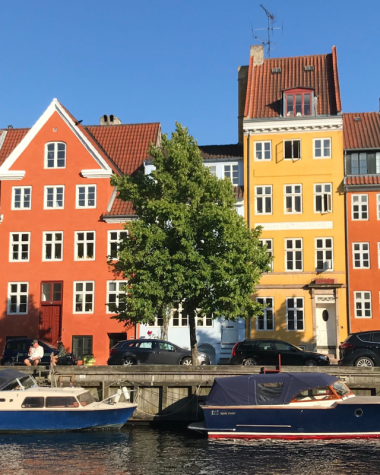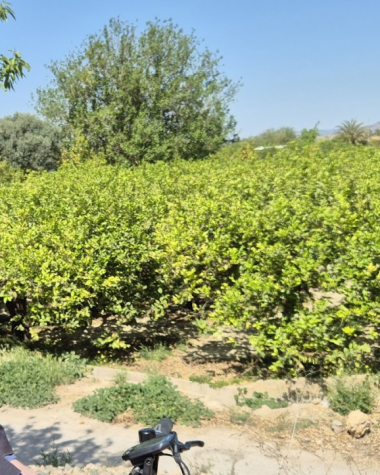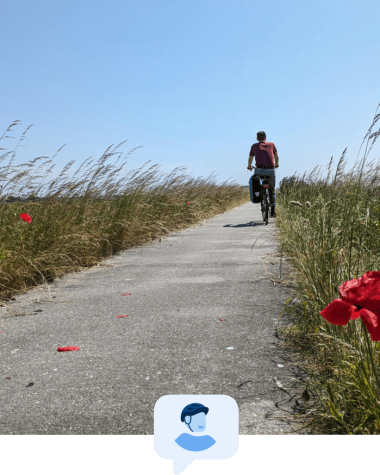Written by Bikemap’s Head of iOS, Oleksii Kirizii
When we started planning our trip to Kyoto, we quickly realized something: many of the city’s most iconic sights are too spread out to explore comfortably on foot. Our plan was to rely on buses and trains—but first, coffee. That quick detour changed everything.
On the way to our caffeine fix, we passed a small shop belonging to the Kyoto Cycling Tour Project, and the idea clicked instantly: what better way to see Kyoto than by bike?
The rental process was a breeze. The staff spoke clear English and helped us sort everything out in minutes. For about €11, we each got a solid eight-speed city bike, available from 9 a.m. to 6 p.m. KCTP has eight rental stations around the city, so you can start in one location and drop the bike off at another—a huge plus for flexible exploring. The price includes a helmet, a sturdy lock, and a handy printed guide to local cycling rules.
The bikes weren’t high-end, and one had slightly soft brakes, but they were comfortable and perfectly suited for a day of cruising through Kyoto. Pro tip: bring a phone holder. The bikes don’t come with one, and having navigation in easy view makes a big difference.

When it comes to navigation, Bikemap is your best friend. It handled Kyoto’s layout beautifully and kept us on calm, bike-friendly routes throughout the day. Only once did we have to hop off and walk the bikes across a hectic intersection, though a longer, safer detour was probably an option.
To our surprise, riding in Kyoto felt calm and relaxed. Yes, cycling on the left took a moment to get used to, but traffic moved slowly and respectfully. Unlike at home in Vienna, where fellow cyclists often zip past or cars edge too close, Kyoto’s roads were defined by a quiet, shared courtesy. Drivers, cyclists, and pedestrians all seemed to coexist with an unspoken ease.
Bike lanes were rare, appearing mostly along major roads, but the many 30 km/h residential streets made for peaceful riding. If you’re more into the joy of cycling than sightseeing, we highly recommend the scenic river path shared by pedestrians and bikes alike.
One thing to keep in mind: parking rules are strict. The rental shop warned us not to leave bikes just anywhere—bikes can be towed and fined like cars. Luckily, there are paid parking lots in the city center and free racks near most major attractions. We had no trouble finding spots using the shop’s map or by simply asking nearby attendants.
Over the course of the day, we broke our journey into three short rides, each about 30 minutes. We’d pedal to a temple, lock up the bikes, wander around, grab some local food, and head to the next shrine.

The terrain gradually rises toward the foothills, so having a few low gears came in handy. By the end of the day, we were convinced: cycling is one of the most enjoyable, practical ways to weave Kyoto’s highlights together—and to discover quiet corners that most tourists never see.
Kyoto isn’t just a city of temples and tradition—it’s a place best experienced at your own pace. On a bike, the journey becomes part of the story. You can glide through serene neighborhoods, pause for a spontaneous photo, follow the scent of fresh mochi, and feel the rhythm of the city as it wakes, wanders, and winds down.
If you’re heading to Kyoto and wondering how to get around—skip the bus pass. Grab a bike, fire up Bikemap, and set off on your own two-wheeled adventure.
Have you got inspired by Oleksii’s trip? You can also share your story with us and have the chance to be featured in our Bike Stories. We can’t wait to read about your cycling adventures and share them with our incredible community!
